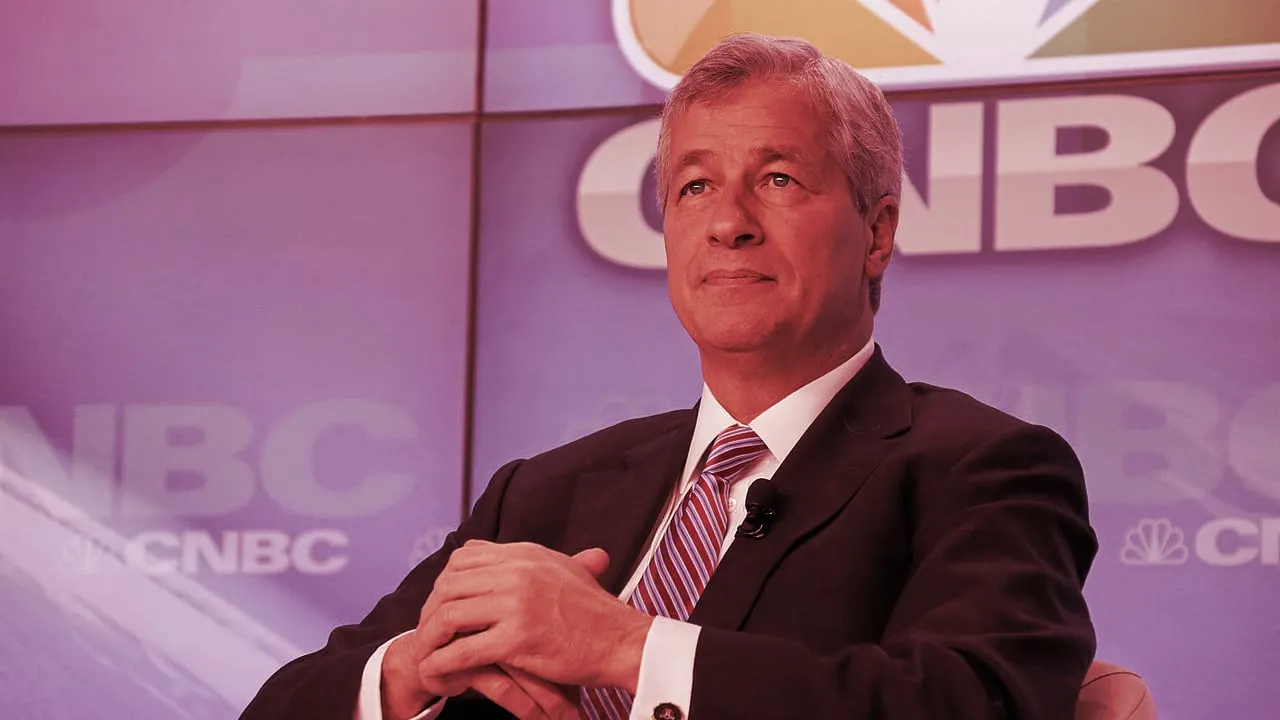JP Morgan CEO Jamie Dimon remains a skeptic of almost everything Bitcoin—including the idea that its total supply is limited to 21 million coins.
“How do you know it's gonna stop at 21 million?” he asked while discussing crypto with CNBC’s Squawk Box on Thursday. “Maybe it's gonna get to 21 million and Satoshi’s picture is gonna come up and laugh at you all.”
This isn’t the first time he has questioned Bitcoin’s holy number—a defining feature frequently highlighted by the asset’s biggest boosters. Theoretically, an absolute supply cap would give Bitcoin greater scarcity than any government-issued currency on earth, empowering it as a store of value.
“You all read the algorithms? You guys all believe that? I don't know, I've always been a skeptic of stuff like that,” he said at an Institute for International Finance event last October.
Many have, in fact, read Bitcoin’s algorithms—which are open source and freely viewable by the entire world. As pointed out by Jameson Lopp, co-founder of the Bitcoin wallet company Casa, Bitcoin’s supply cap is implicitly enforced by just 5 lines of code.
To be precise, Bitcoin is programmed to cut its supply issuance rate in half every 210,000 blocks, which is roughly every four years. Whereas 50 new BTC were issued per block in 2009, only 6.25 BTC come attached to each block today.
These events, called “halvings,” are programmed to occur just 33 times, after which Bitcoin’s block reward will be cut to zero. This should occur by the year 2141, assuming nothing changes before that time, Bitcoin developer Luke DashJr told Decrypt.
“After 10 halvings, rounding errors begin to truncate,” he specified, referring to the problem of block rewards being unable to divide past Satoshis by the year 2049. “So if more precision is hardforked in, ideally it should be by 2049.”
The math behind these halvings works out such that Bitcoin’s supply cannot touch or surpass 21 million.
That said, anything enforced by code can technically be changed, as long as users consent to it. Many argue that the Bitcoin community will be forced to upgrade its software to produce more than 21 million coins, in order to provide consistent funds to support the mining industry.
While Bitcoin’s supply is limited, it is still infinitely divisible. Tiny units of the currency could still be used for small transactions, even if its price were to enter the seven-figure range.
Daily Debrief Newsletter
Start every day with the top news stories right now, plus original features, a podcast, videos and more.

